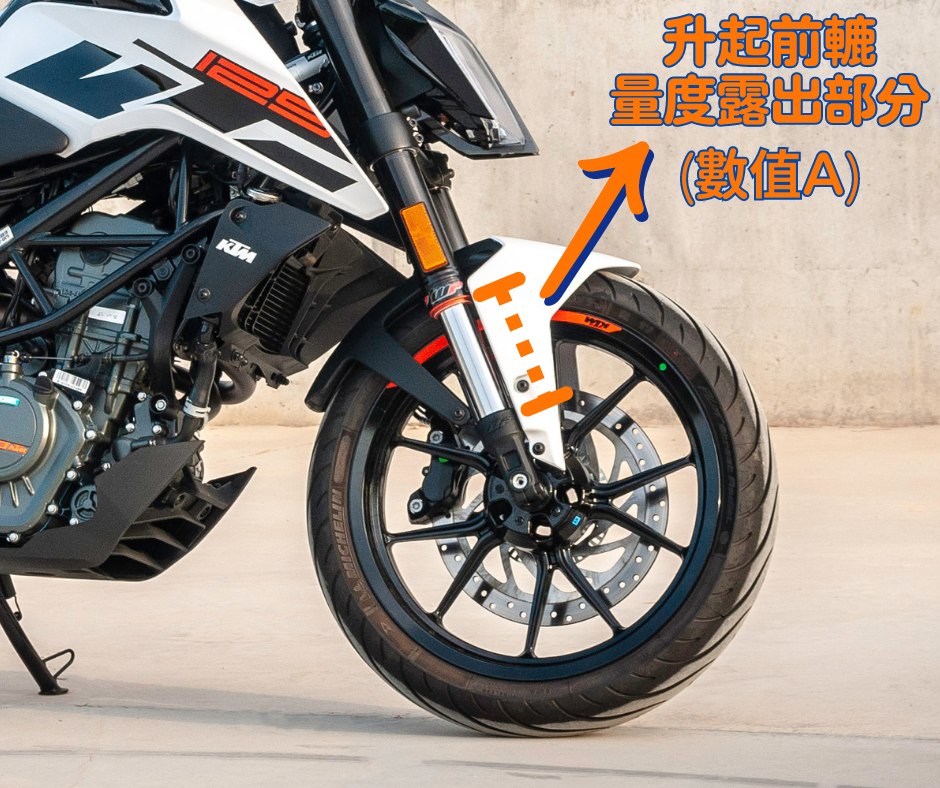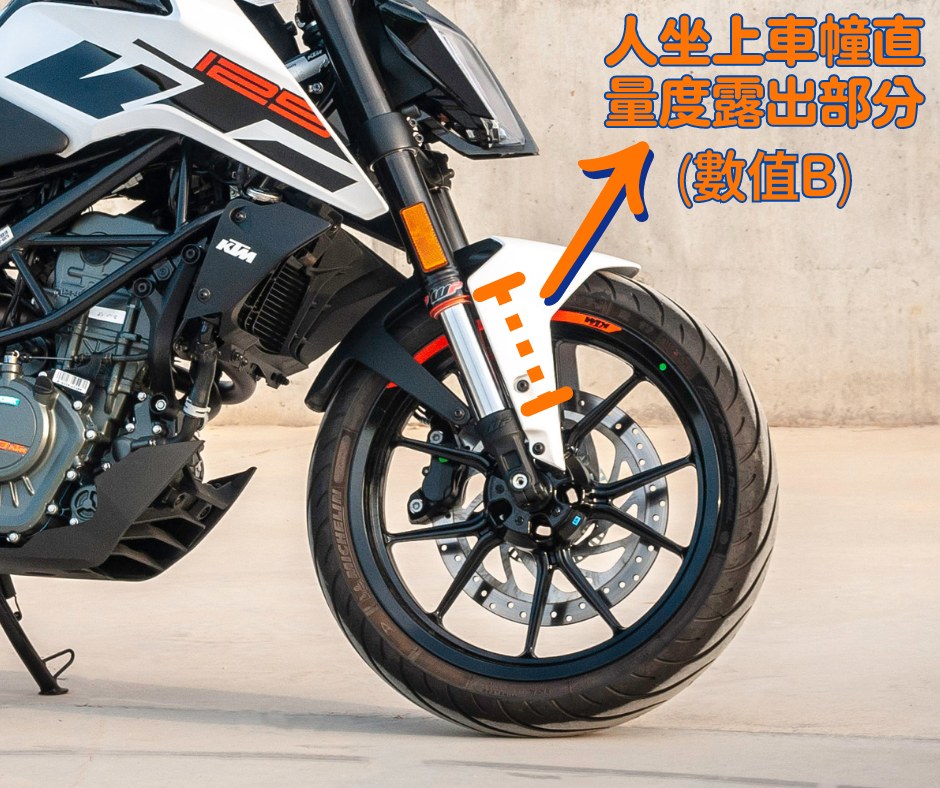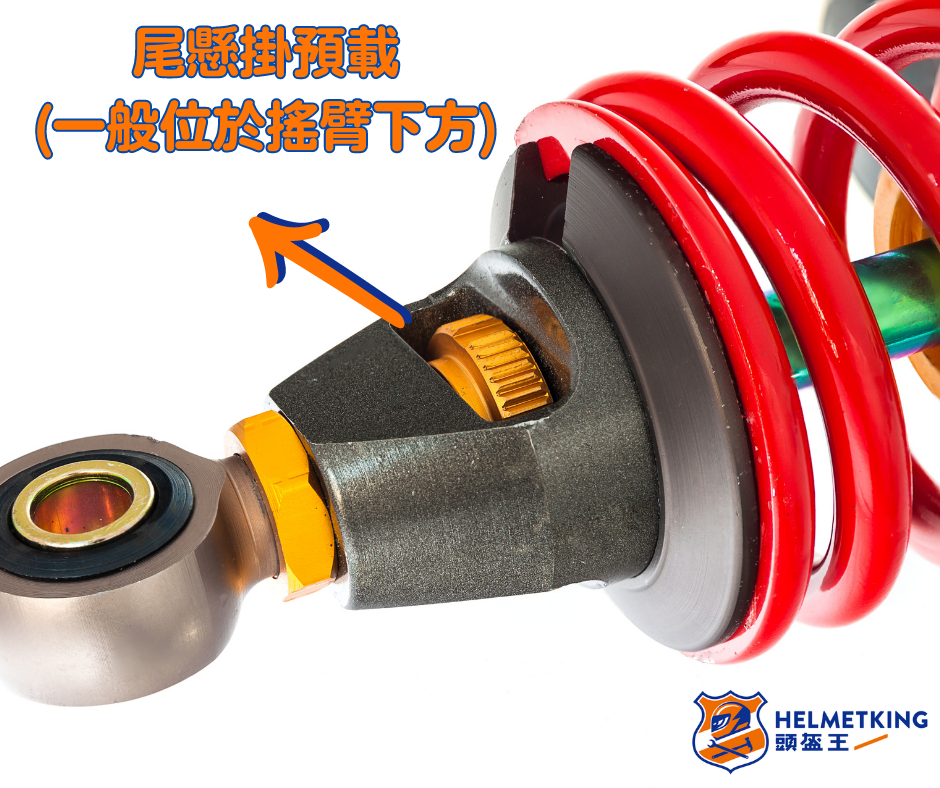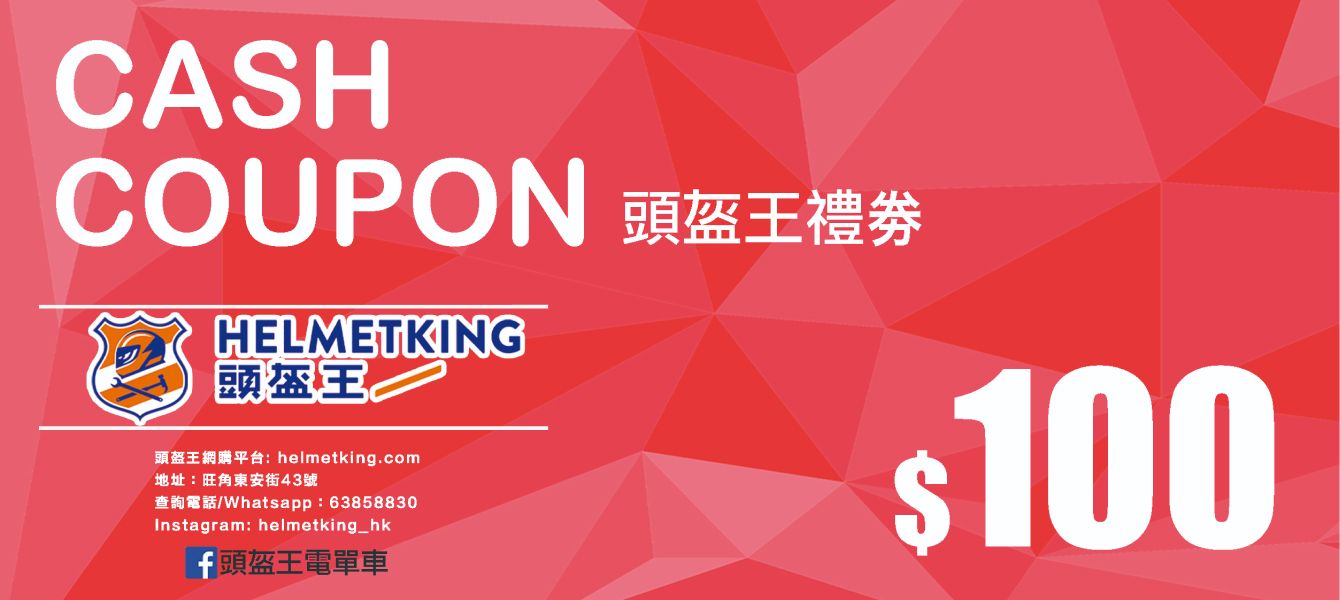
[Knight Completion Plan] Kawasaki 2025 Eliminator 500 SE
on 2025-12-23
2023-04-18
If motorcycle tires are like the feet of track and field athletes, then the suspension system (commonly known as "shock absorbers") is like the knee joints, which function to maintain the contact of the wheels with different types of surfaces and support the body of the motorcycle during operation. The suspension settings have a significant impact on the handling performance and driving comfort of the motorcycle. When new motorcycles are produced, the factory typically sets the suspension system to default average values. However, different riders have different body weights, frequently encounter varying road conditions, and have different driving styles, so it is best to make personalized adjustments after purchasing a motorcycle to ensure that the motorcycle is tailored to the rider. Wearing a helmet, this article aims to explain the basic concept of adjusting preload. For more advanced adjustments, the safest approach is to contact a professional mechanic team like HelmetKing Garage to assist you!

Motorcycle suspension systems are generally divided into front suspension and rear suspension. The front suspension consists of the "fork," while the rear suspension consists of the "swingarm." The adjustment process for both front and rear suspensions is similar, but before making any adjustments, you need to understand the following two basic concepts:
Sag - The amount of compression in the suspension, which is the primary item to check when adjusting the suspension system. Free Sag refers to the amount of sag when the motorcycle suspension is not loaded; Rider Sag refers to the amount of sag when the suspension is compressed under the rider's weight.
Preload - Adjusting preload increases or decreases the amount of sag to achieve the optimal Rider Sag.

Sit on the motorcycle with the bike upright and both feet on the footrests (or lean the motorcycle against a wall to keep it balanced), then measure the length of the exposed part of the fork leg again and record the value as "B."


After adjusting the front fork, adjust the rear swingarm using a similar process, but measure the distance between the rear axle and the rear of the motorcycle. Once you have the Rider Sag value, adjust the preload of the swingarm to achieve the desired Rider Sag value.

By following these steps, you can make the basic preload adjustments to your suspension system. For more advanced adjustments, such as adjusting the rebound/compression ratio and hardness, it is best to make personalized adjustments through continuous testing or consult with a professional from a garage like HelmetKing to find the optimal settings for you.
